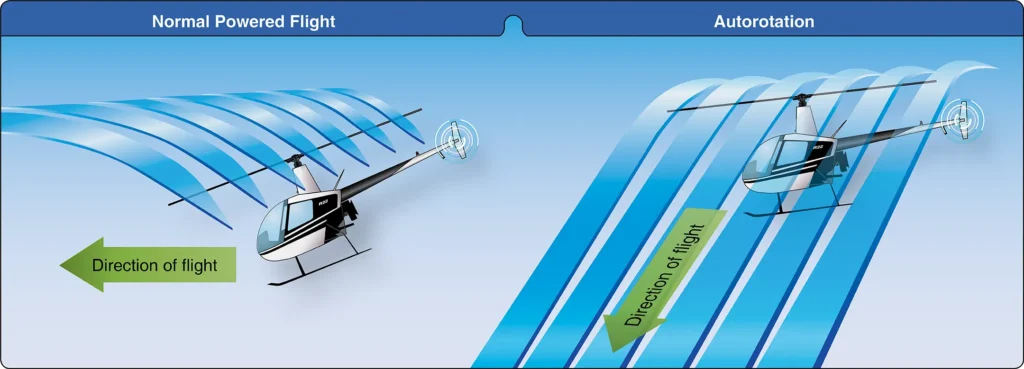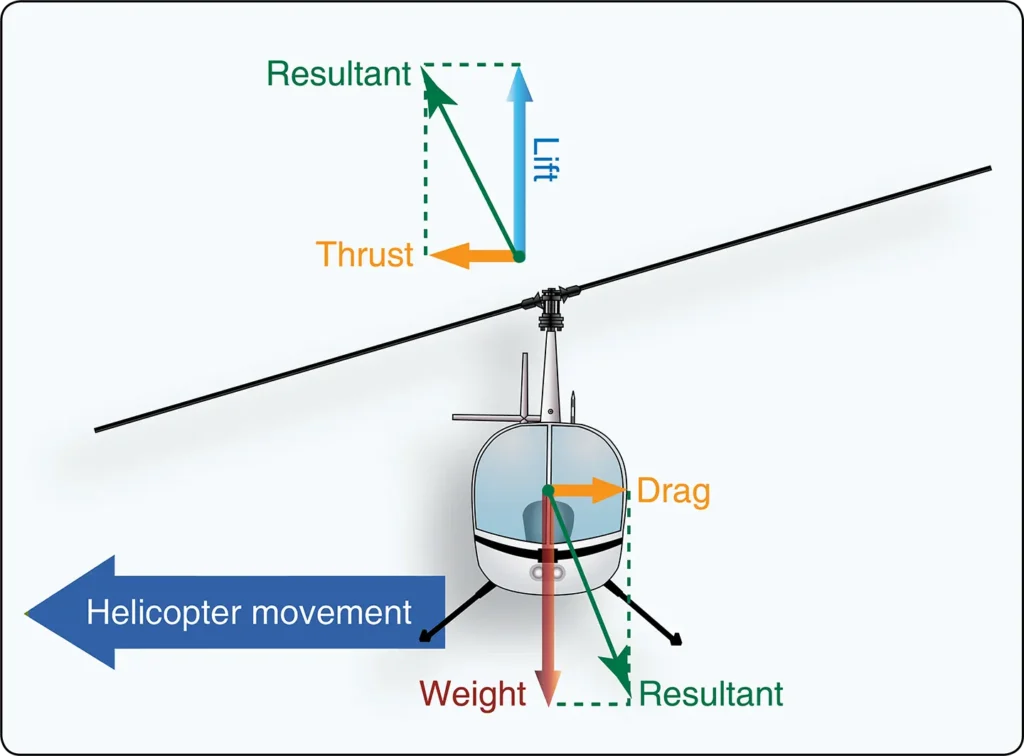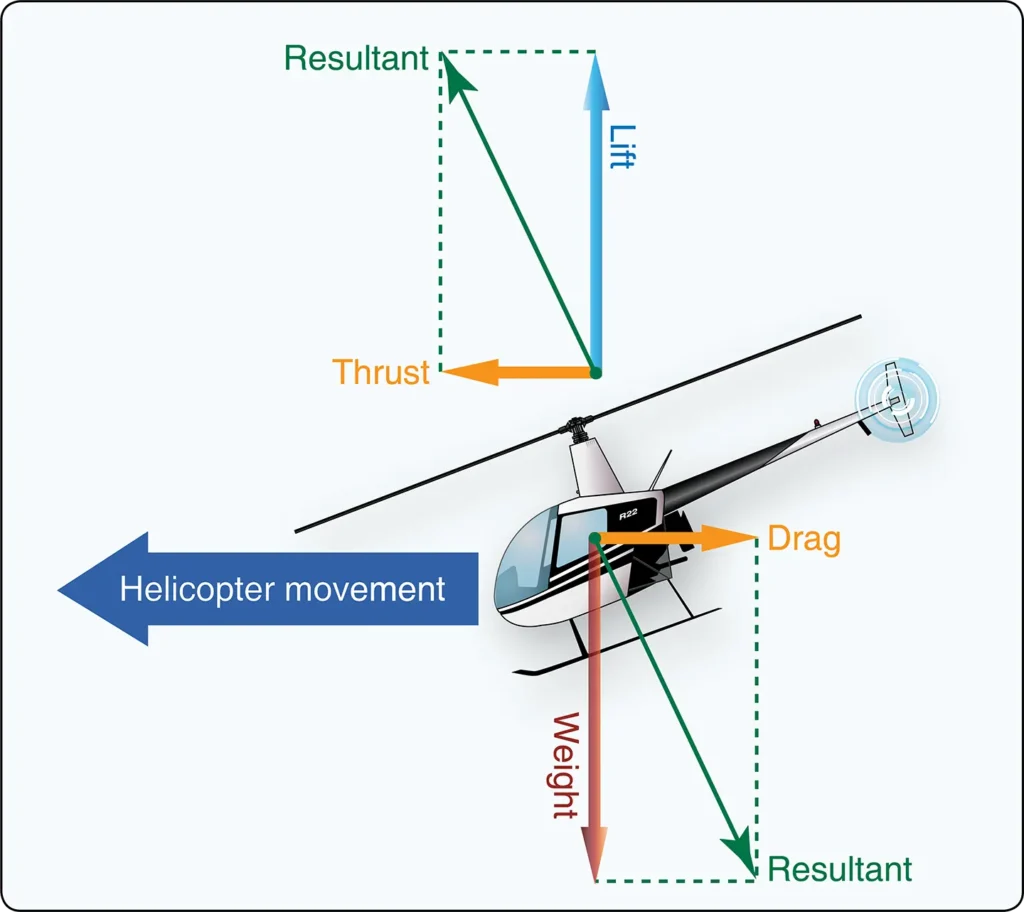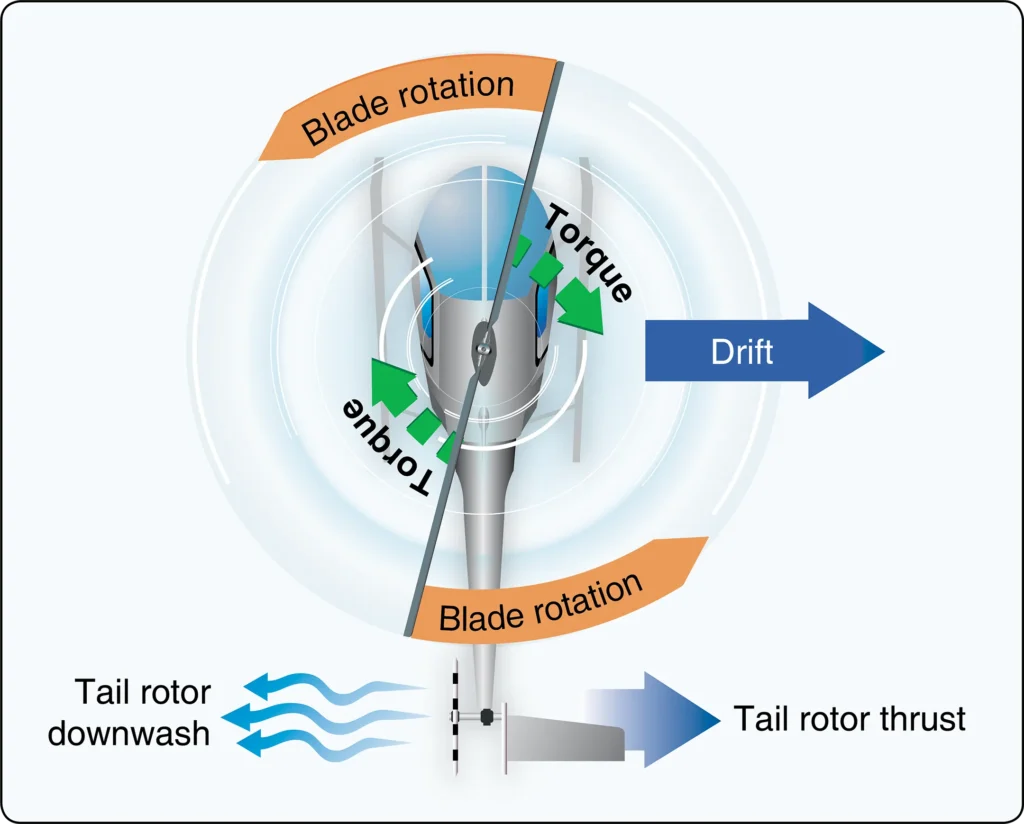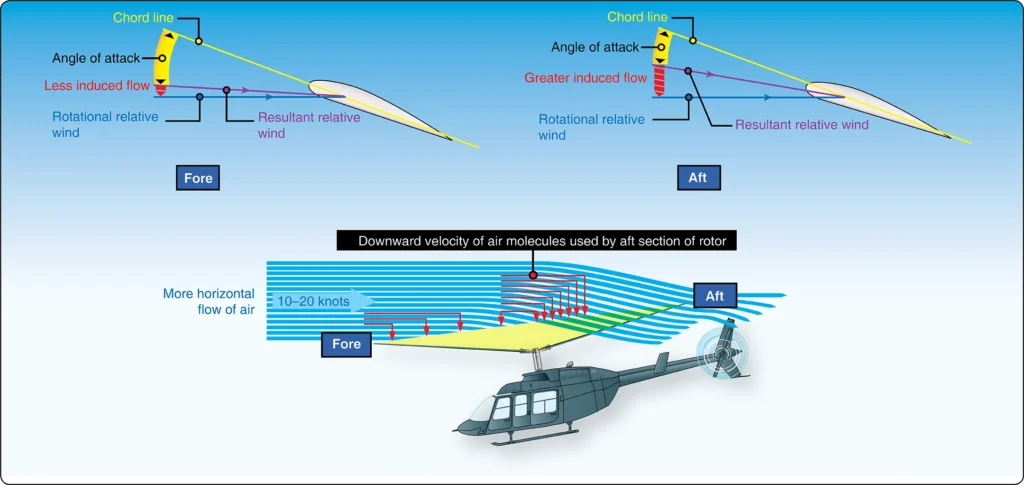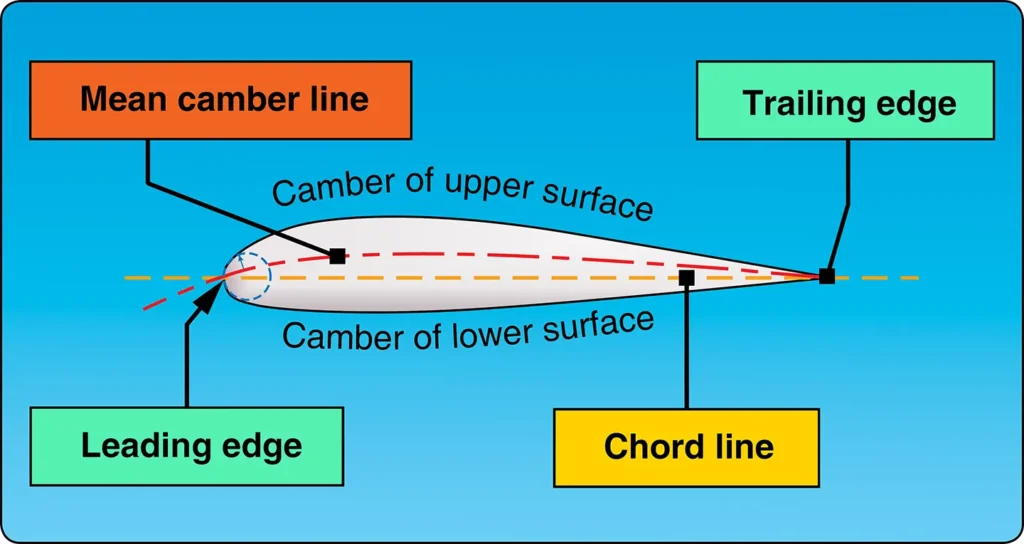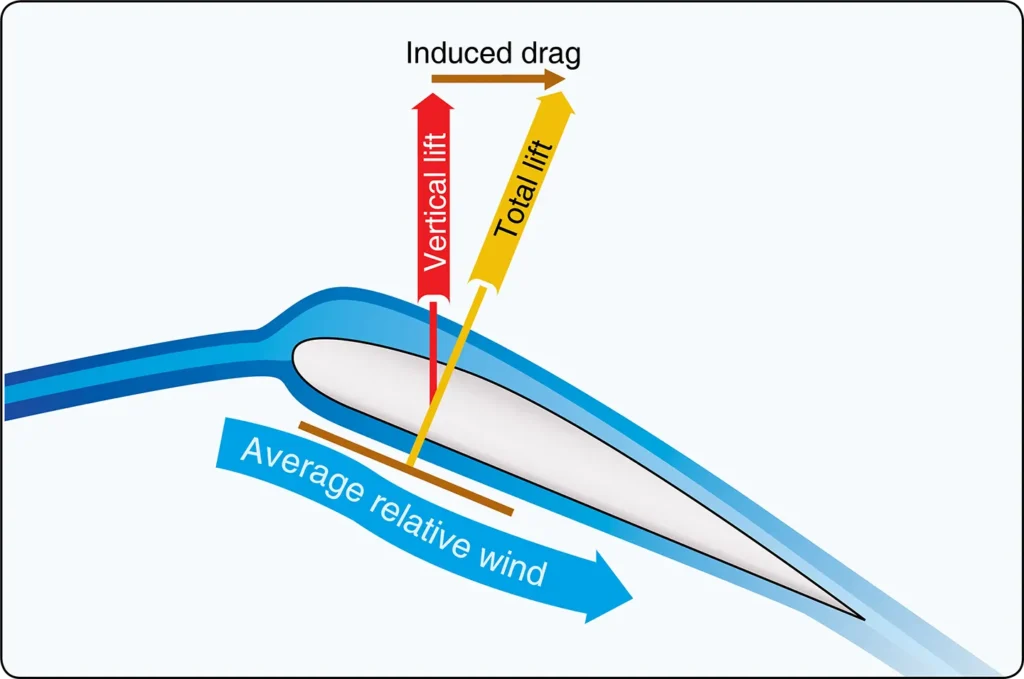Aerodynamics of Helicopter Flight
Flying Training, Helicopter FlyingThis section presents aerodynamic fundamentals and principles as they apply to helicopters. The content relates to flight operations and performance of normal flight tasks. It covers theory and application of aerodynamics for the pilot, whether in flight training or general flight operations. Gravity acting on the mass (the amount of matter) of an object creates […]


